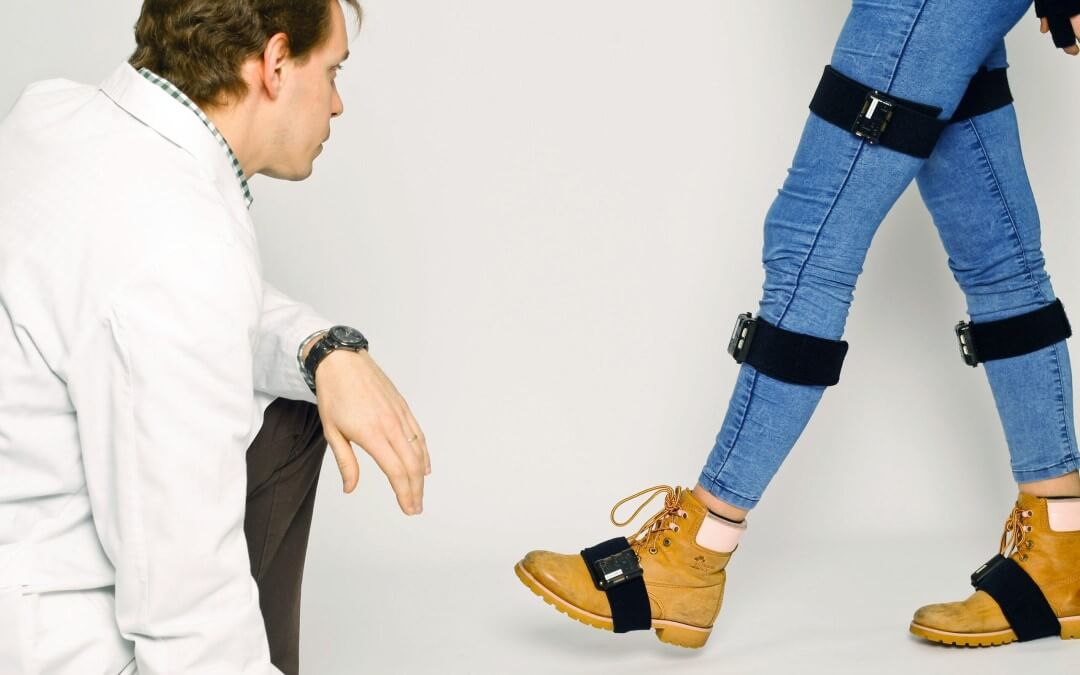The Utility of Inertial Sensors in Gait Analysis
Inertial sensors are an increasingly popular tool in the analysis of human gait. These devices measure the acceleration and angular velocity of moving body parts and can provide valuable information about the way we walk.
The use of inertial sensors in gait analysis has many advantages. For one, they are non-invasive and portable devices that can be used in the patient’s natural environment, allowing for more precise and relevant measurements. Additionally, inertial sensors can measure multiple biomechanical parameters, such as step length, foot-ground contact time, walking speed, and knee flexion angle.
Inertial sensors are also useful for tracking patient progress. By measuring gait parameters over time, doctors and therapists can evaluate the effectiveness of treatments and interventions and adjust them accordingly.
In summary, the use of inertial sensors for gait analysis is a valuable tool in the assessment and treatment of gait disorders. Inertial sensors are portable, non-invasive, and can provide detailed and accurate information about body movement.
